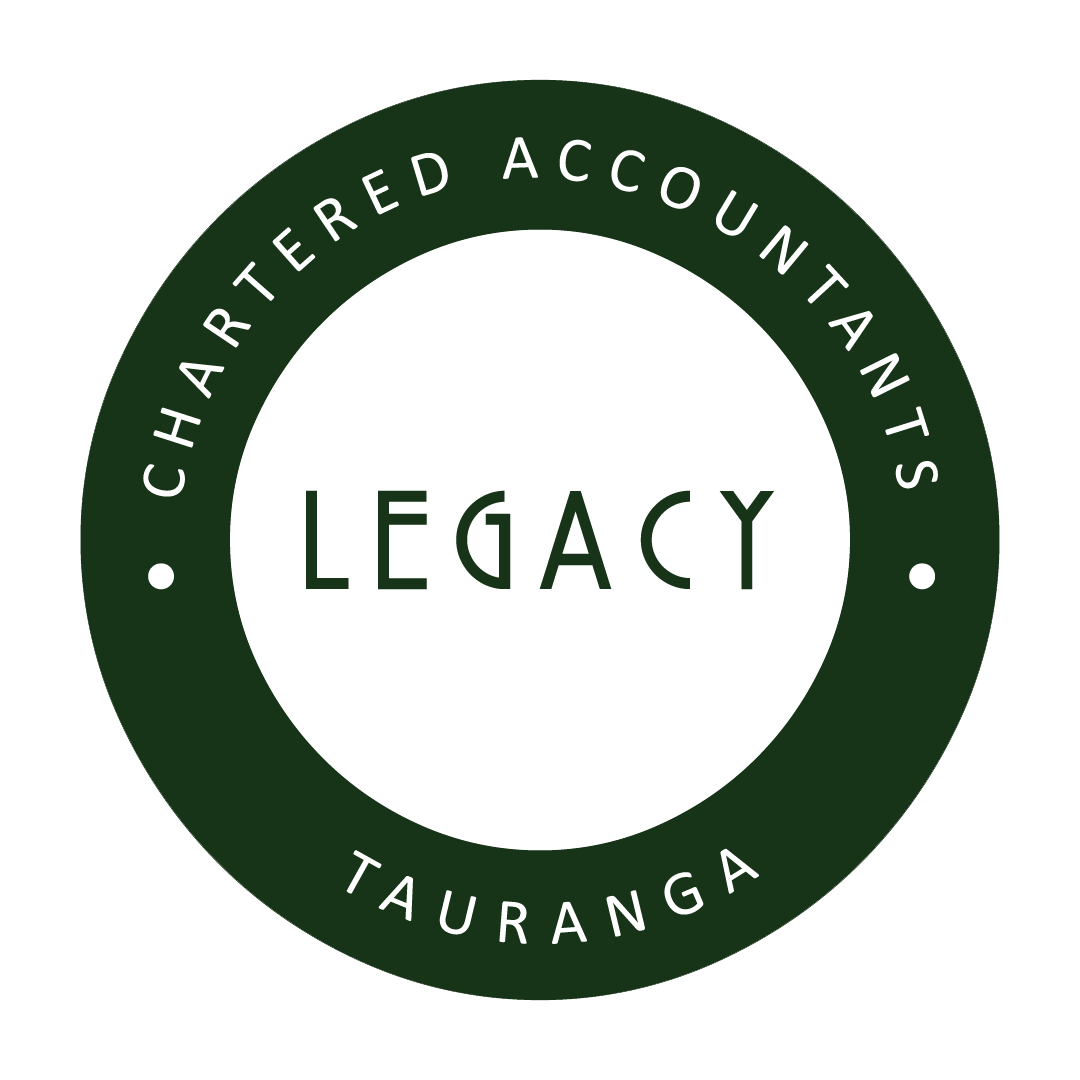Bolster your bottom line
For new businesses in that critical early period, cash flow is a vital part of staying afloat to establish and grow the business. Established businesses also know the importance of cash flow to help keep everything running while the business grows. If you can't reach your targets for income, reining in your costs can help give you a little extra headroom to manage cash flow while you're planning your next move.Cost control can contribute to business success or failure but it can be hard to get a handle on it as your business costs can work on a number of levels. It can be a challenge to pinpoint hidden costs or where your established ways of doing things cost you more money than they should.It's more than just keeping an eye on outgoings (though that's important too).It's about looking at each aspect of your business and all your business systems (or the gaps where there should be business systems) to see if poor practice is driving costs up unnecessarily.It can be helpful to break it down a little. You can look at it in terms of cost centres such as power or office supplies. Or you can look at what those costs do for your business. It can help to analyse costs in terms of cost of sale and overheads.Every dollar you can pull back from your costs can go straight onto your bottom line. Talk to us if you'd like to review your costs and your systems to keep costs under control. Whether your sales are booming or busting, you want to make sure that while you're focused on revenue your costs aren't ballooning and you're still delivering on your bottom line.Cost of Sale and OverheadsCost of sale and overheads affect your profit. Understanding how they interrelate and keeping track of them can really have an impact on your business success.Cost of SaleCost of sale (also known as Cost of Goods Sold or CoGS) is how much it costs you to make a sale.In a business that sells products, CoGS is based on the price paid for the product, plus any costs necessary to put the merchandise into inventory and make it ready for sale, including shipping and handling. You can even break it down to calculate the cost of sale of individual units.The basic formula is CoS = Opening Inventory + Purchases + Carriage In – Closing Inventory.It varies, depending on what kind of business you have. Manufacturers determine the cost of sale as the sum of the direct costs of materials and labour incurred in producing a product. A business that provides services would calculate cost of sales by looking at the amount of money that goes into providing a service. In this kind of business it's important to have a system to track the time the team spend directly involved with delivering the service.OverheadsOverheads are general business expenses. They can’t be tracked directly to sales. Overheads are what it costs you to open your doors every morning.Seeing profitWhen you're looking at your profit and loss statement, it can be a challenge to see how all the factors interrelate.When you look at income from sales, you won't be able to see what your profit is until you've factored in costs. After you've made deductions for items such as customer discounts and returns and taken away the cost of sales, you can see your gross profit. When you look at gross profit then deduct all your overheads, you'll see your net profit and get a better idea of how your business is really doing.Your net profit is the proverbial bottom line. It’s important to also remember that tax is based on your net profit – the profit you keep will be your net profit after tax.The important thing to understand is that every dollar you can save from your cost of sale increases your gross profit. Every dollar you save from your overheads increases your net profit. If you can't shave anything off your costs, you might need to think about whether you can increase your prices. Increasing prices without sacrificing sales is the ultimate aim; however adding value to your products should always be considered to maintain or increase sales.
